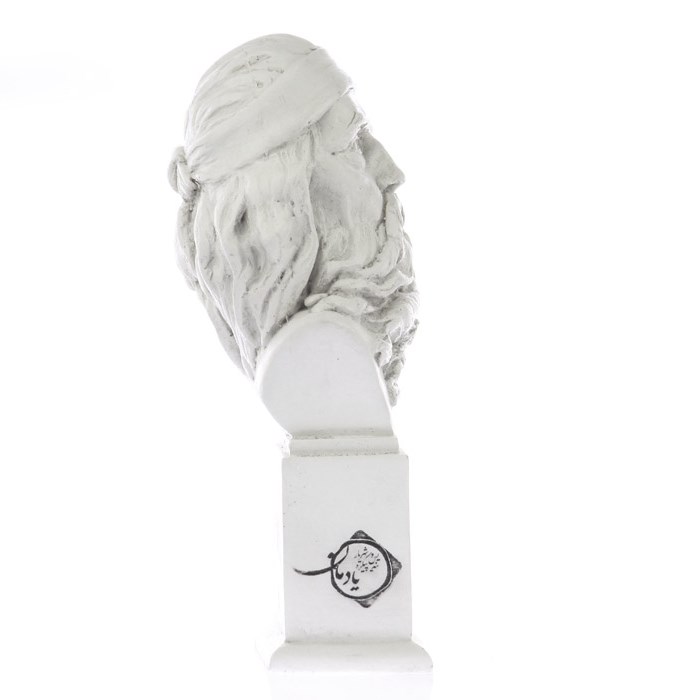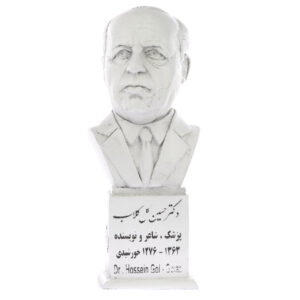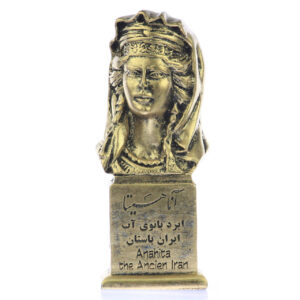Kāveh was, according to ancient legends, a blacksmith who launched a national uprising against the evil foreign tyrant Zahāk, after losing two of his children to serpents of Zahāk. Kāveh expelled the foreigners and re-established the rule of Iranians. Many followed Kāveh to the Alborz Mountains in Damāvand, where Fereydun, son of Ābtin and Faranak was living. Then a young man, Fereydun agreed to lead the people against Zahāk. Zahāk had already left his capital, which fell to Fereydun’s troops with small resistance. Fereydun released all of Zahāk’s prisoners.
Kāveh is the most famous of Persian mythological characters in resistance against despotic foreign rule in Iran. As a symbol of resistance and unity, he raised his leather apron on a spear. This flag, known as Derafsh Kaviani, was later decorated with precious jewels and became the symbol of Persian sovereignty for hundreds of years, until captured and destroyed by the Arabs, following the defeat of the Sassanids at the Battle of al-Qādisiyyah. Ya’qub ibn al-Layth al-Saffar, who rebelled against the Abbasid Caliphate, claimed the inheritance of the kings of Persia and sought “to revive their glory,” in 867 he sent a poem written by himself to the Abbasid caliph Al-Mu’tazz, stating: “With me is the Derafsh Kaviani, through which I hope to rule the nations.” In later times, Kaveh the Blacksmith was invoked by Iranian nationalists starting from the generation of Mirza Fatali Akhundov. His name was used as the title of a nationalist newspaper in 1916, and in 1920, adorned the canton of the flag of the Persian Socialist Soviet Republic (widely known as the Soviet Republic of Gilan).
Mehregan is the celebration for Fereydun’s victory over Zahāk; it is also the time when autumn rains begin to fall.
The dynasty of Karen Pahlav (also known as the House of Karen) claimed to be Kāveh’s descendants.











 Candle Holder
Candle Holder Coasters
Coasters Jewelry Box
Jewelry Box
























Reviews
There are no reviews yet.